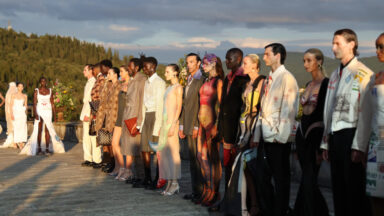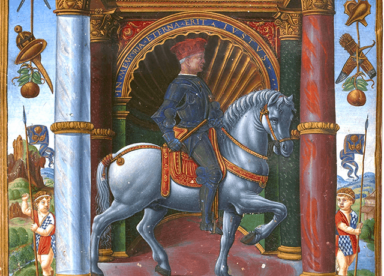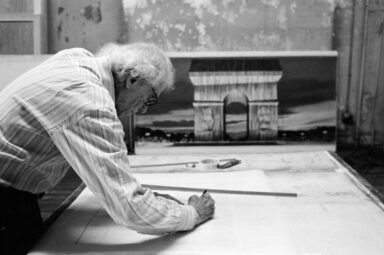France’s long-standing ties to the Olympic Games are being celebrated in this version of the event. The rich history of the sports competition might have started in Athens, but it was in Paris where the Modern Olympic Games were conceived, leaving a lasting impact on culture. As the world gets ready to witness once again the biggest sports competition, the City of Light prepares to make history once more.
Words CAROLINA BENJUMEA
The last time Paris welcomed the Olympics was 100 years ago, in 1924. The Eiffel Tower was only 35 years old, flapper dresses and bob hair adorned the streets around Le Pont Neuf, ‘Les Deux Magots’ and ‘Café de Flore’ were at the center of the intellectual scene, and Hemingway and F. Scott Fitzgerald were in the midst of preparing some of the literary world’s greatest chef-d’œuvre. Today, the ambiance is a little different, and even though the political climate is expected to be tense, the capital is ready to make this celebration one for the books.
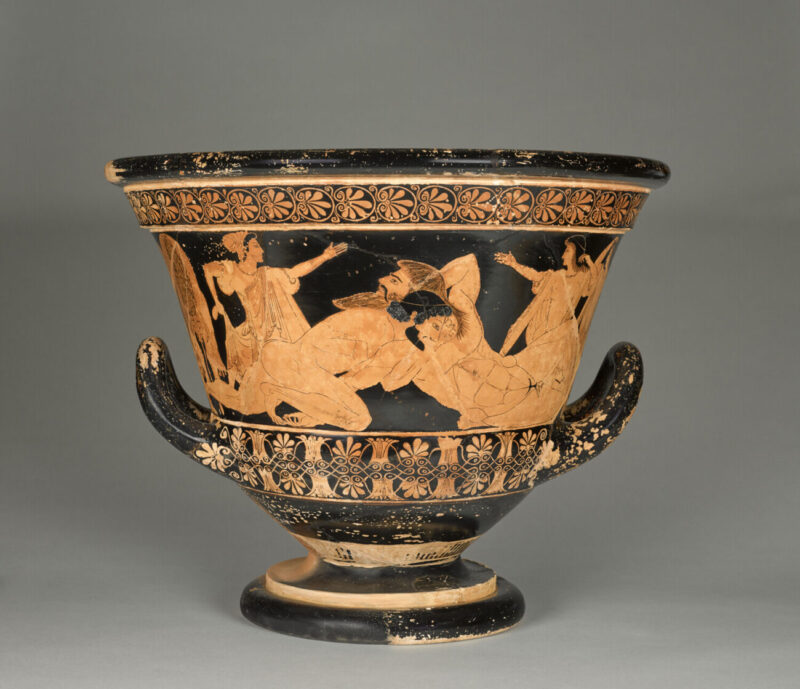
To commemorate this milestone, Le Musée du Louvre has prepared an exhibition retracing the history of the Olympic Games and its relationship with France. Through a series of historical objects, ‘Olympism, a modern invention, an ancient heritage’ will delve into the beginnings of the world’s largest and most-watched sporting competition, as well as the people who have been part of it, offering insights into each piece on display.
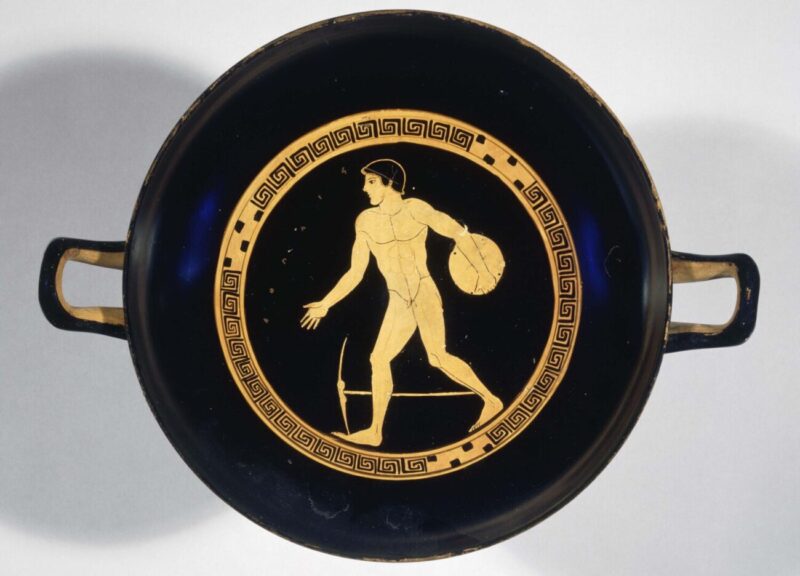
Curated by Alexandre Farnoux, Professor of Greek Archaeology and Art History at the Sorbonne; Violaine Jeammet, Heritage Curator at the Louvre Museum; and Christina Mitsopoulou, from the University of Thessaly and the French School at Athens (Greece), the exposition delves into the involvement of Pierre de Coubertin and other French and Greek luminaries in the institution of the modern competition as we know it, which originated in the late 19th century, having as reference to the original Greek games.
Throughout the journey, visitors will be able to see the first Olympic Cup, known as ‘Bréal’s Cup’, designed by the French academic Michel Bréal, on a special loan from the Stavros Niarchos Foundation. They will also encounter the stamping of the 1st Hymn to the God Apollo, which became the basis for the original Olympics anthem, as well as original stamps and medals from past competitions.
Sculptures evoking Greek athletes, such as ‘Infant Hercules Strangling the Serpents’, ‘The Soldier of the Marathon’, and ‘Discobolus’ by the Greek sculptor Myron, will also be on display. Additionally, visitors will have the opportunity to learn about the history of the Olympic flag, originally introduced by Pierre de Coubertin in 1913.
Olympism will run from April 24th to September 16th, 2024, at the Galerie Richelieu in the Louvre Museum in Paris.

